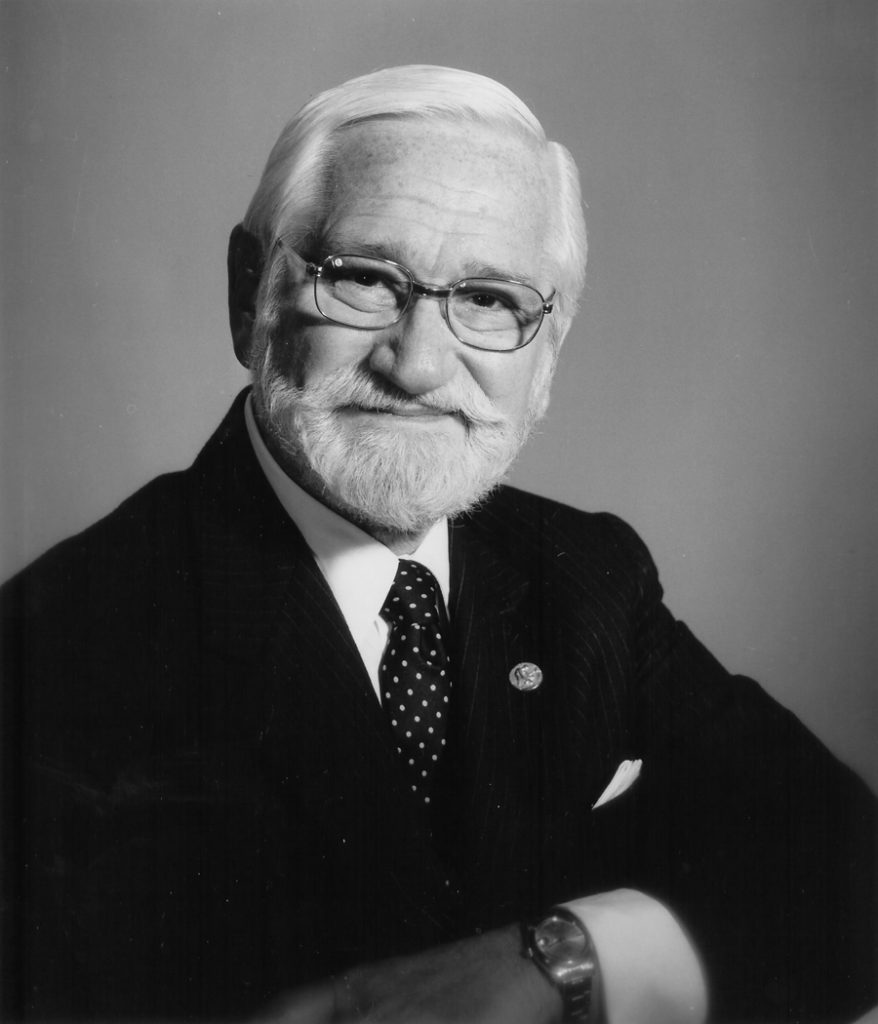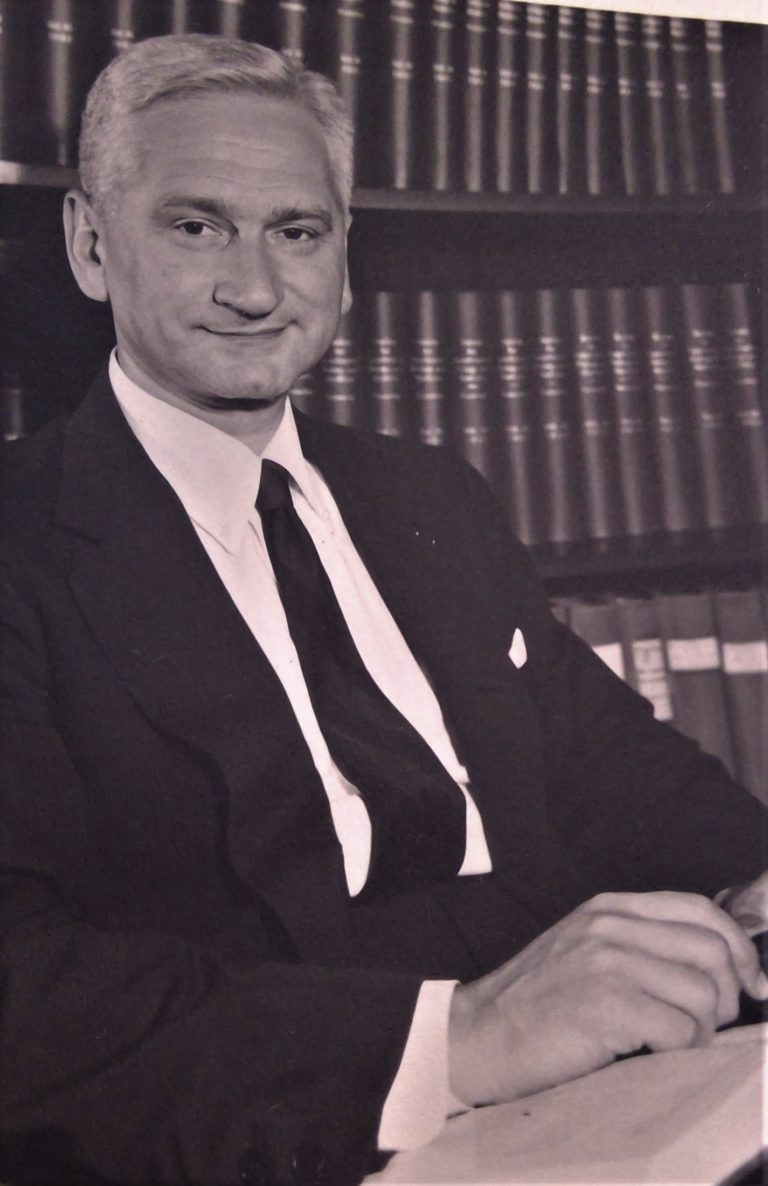KAREN TORGHELE on the Albert Sabin Biography
I had the privilege of interviewing 80 scientists and luminaries to document their experiences for the CDC Oral History of Polio Project. In doing research to prepare for the interviews, I was surprised to find there was no biography of Albert Sabin, developer of the oral polio vaccine. But when I asked interviewees if they had known Sabin, people who knew him didn’t have to tell me—it was revealed first in their facial expressions and coloring. Then hands might run through hair or cover a smile as they remembered their Sabin encounters or stories from others about him. One scientist showed me a copy of the 40-year-old manuscript with the red hand-written comments Sabin penned to tear apart the paper he wrote. The creativity of his criticisms was impressive.
But each recounted Sabin experience ended with admiration of his scientific excellence along with what the researchers learned from him and passed on to others. The stories making up Sabin’s unique life journey and the scientific principles by which he lived are worth preserving for present and future generations. Five years ago, with the help of scores of others, I began.





